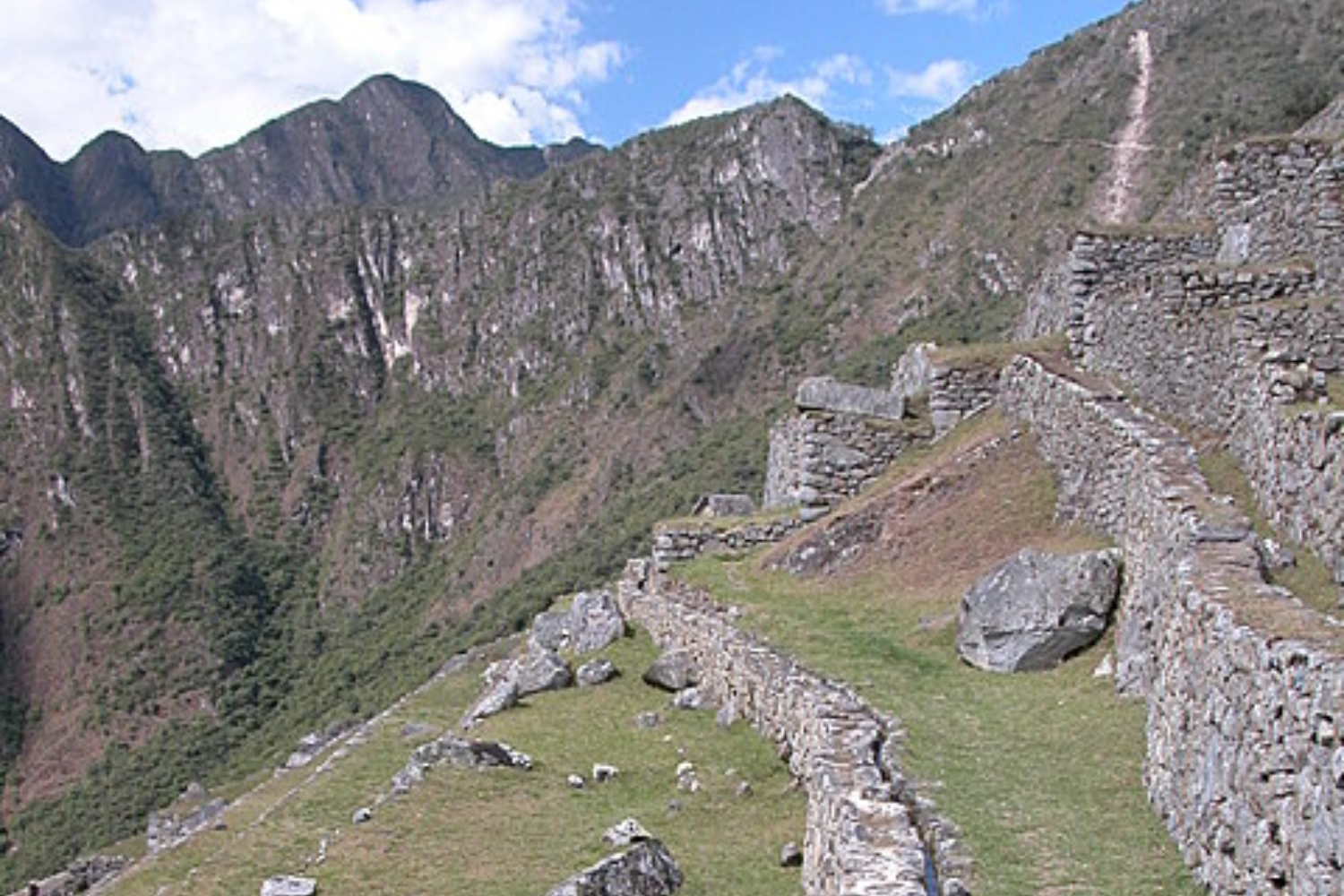Harnessing Water’s Aesthetic Power - Part I
Water has long been incorporated into the architectural design of cities and homes around the world, as both a necessity and sensory pleasure. Aqueducts, fountains, pools, canals, baths, indoor plumbing, and other designs have ensured our survival, comfort, independence, and power, while providing beauty and therapeutic benefits. Nearly every culture has some version of a built environment that incorporates water into its design. As we explore the relationship of water and architecture, we look at a few.
In ancient Egypt, the nilometer, a classical structure with an elegant minimalist design, provided a straightforward method of measuring water levels. A stone staircase descended down to the water source, where symbols and markings carved onto the stone walls, and/or central pillar, indicated the current water levels. Often located on temple grounds and operated by priests, they provided the ability to predict future floods and droughts, and therefore to determine taxes for the coming year. If water levels were good, and an abundant harvest expected, taxes would be higher. Nilometers were used from the time of the pharaohs, up until the 1960s.
Photo via islamicarchitecturalheritage.com
Photo via arrivalguides.com
Photo by Hesham Abdull Atty, Michal Huniewicz via scenehome.com
Photo via islamicarchitecturalheritage.com
Spring fed, gravity driven stone canals networked throughout the ancient city of Machu Picchu, Peru, provided an ingenious method of supplying fresh water to inhabitants of the mountaintop locale. Contrasted against the rock and stone architecture, the fountains and streams winding throughout the landscape provide an abundant and refreshing water supply. Some of these fountains, in modernist geometric carvings and shapes, still function today.
Photo via rutahsa.com
Photo via rostarchitects.com
Photo via theblondecoyote.com
Photo via en.peru-spezialisten.com
Photo via heeneyblog.wordpress.com
Photo via rutahsa.com
In ancient Greece and Rome, including in Pompeii, private homes of the wealthy often featured open air atrium-like rooms with impluviums, marble water catchment systems built into the floor, which captured rainwater via sloped panels above (compluviums). Rainwater that was captured passed through several layers of gravel and sand filtration before being directed down to cisterns below. The system ensured a secure and autonomous supply of clean water, as well as a method for passively cooling houses, via naturally occurring water evaporation.
Photo by Jim Park via ancientengrtech.wisc.edu
Photo by Pedro Madrigal via pinterest.ca
Photo via pocketrome.wordpress.com
In the Mof Ëwi community of Bandial, Casamance, Senegal, a similar style of impluvium was created in their elegant case à impluvium. These spacious, circular, airy framed houses placed rooms around a central open courtyard. Above, a thatched funnel with inwardly sloping sides channeled both sunlight and rainfall through an opening at its center. This rainfall was left to fall directly on plants growing below, or collected in a trough for future use. The design, specific to the region, was submitted to UNESCO’s World Heritage List in 2005.
Photo via autrecarnetdejimidi.wordpress.com
Photo via casamanceseleki.over-blog.com
In India, baolis, stepwell reservoirs dating back centuries, collected and stored water in designs both beautiful and functional. Like inverted pyramids or temple-like palaces carved from stone, they reached down below ground several stories to house enormous wells. With the grandeur and opulence of old opera houses, classical ruins, and minimalist art deco castles, these amphitheaters of water provided a cool respite from soaring temperatures, water for irrigation, bathing and drinking, and a place for communities to gather, especially women. Often located on the grounds of temples, with shrines and sculptures of deities incorporated into their designs, they were natural extensions of holy places, and inspired their own ritualistic daily pilgrimages.
Photo via travelandleisureasia.com
Photo via ahmedabadtourism.in
Photo via travel-history.com
Photo courtesy of Merrell Publishers via smithsonianmag.com
Photo via onedayaway.co.uk
In traditional Japanese homes, a connection to nature was a fundamental part of a complete and balanced design, and was often incorporated into the architecture itself, with modernist sliding walls opening up indoor spaces to floor to ceiling open air garden views. These would often include still or running water in cascading waterfalls, streams, rivers, ponds, lakes, and pools, all valued for their beautiful vistas and soothing soundscapes. In meditative zen gardens with no actual water present at all, it’s still represented symbolically, via samon or hokime, sand and gravel designs raked into the shapes of curving, rippling pools of water, a meditative practice still in use today.
Photo by Masaaki Komori / Creative Commons via japanobjects.com
Photo via en.japantravel.com
The Moors, themselves influenced by the architectural styles of Persia, left their mark on Spain with the iconic design of villas built around inner courtyards. These sheltered gardens full of fountains, reflecting pools, and lush landscaping provided an oasis of cool, and a calm place to retreat to and rest, a holdover from the lifestyle and design of homes in the hot desert climates of North Africa. Often featuring a long central reflecting pool, the water in these courtyard gardens amplified the grandeur of the surrounding architecture.
Photo via britannica.com
Stay tuned for part II of this blog, Harnessing Water’s Aesthetic Power - Part II, where we look at the use of water in the designs of leading modernist architects!
Photos courtesy of Merrell Publishers, smithsonianmag.com, travelandleisureasia.com, britannica.com, pinterest.ca, ancientengrtech.wisc.edu, Masaaki Komori, Creative Commons, islamicarchitecturalheritage.com, japanobjects.com, Jim Park, Pedro Madrigal, arrivalguides.com, rutahsa.com, rostarchitects.com, theblondecoyote.com, en.peru-spezialisten.com, Hesham Abdull Atty, Michal Huniewicz, scenehome.com, pocketrome.wordpress.com, autrecarnetdejimidi.wordpress.com, casamanceseleki.over-blog.com, ahmedabadtourism.in, travel-history.com, onedayaway.co.uk, en.japantravel.com, and heeneyblog.wordpress.com.























